The pioneering women of stellar astronomy
In the late 19th and early 20th century, a team of scholars at the Harvard College Observatory analyzed nearly half a million photographs of the stars. These astronomers discovered the types of stars, created the first modern catalog of stars, and ultimately even discovered what stars are made of. They were all women.






















































































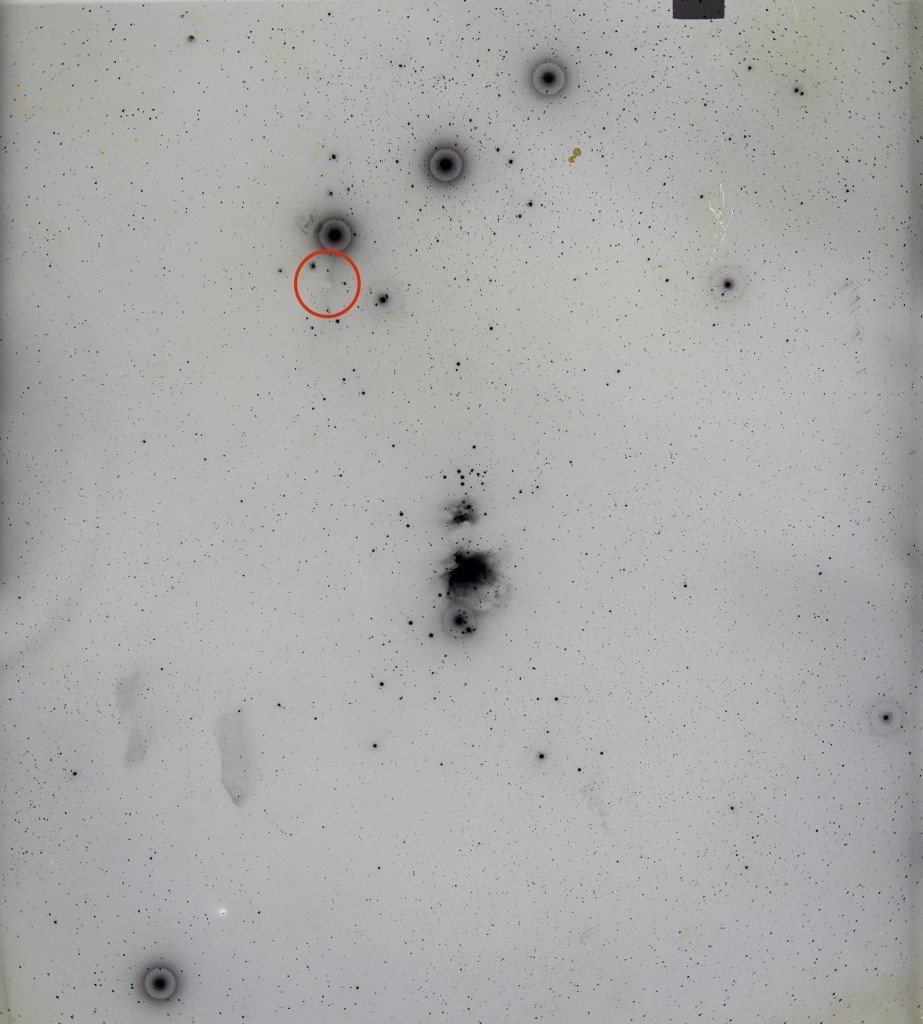
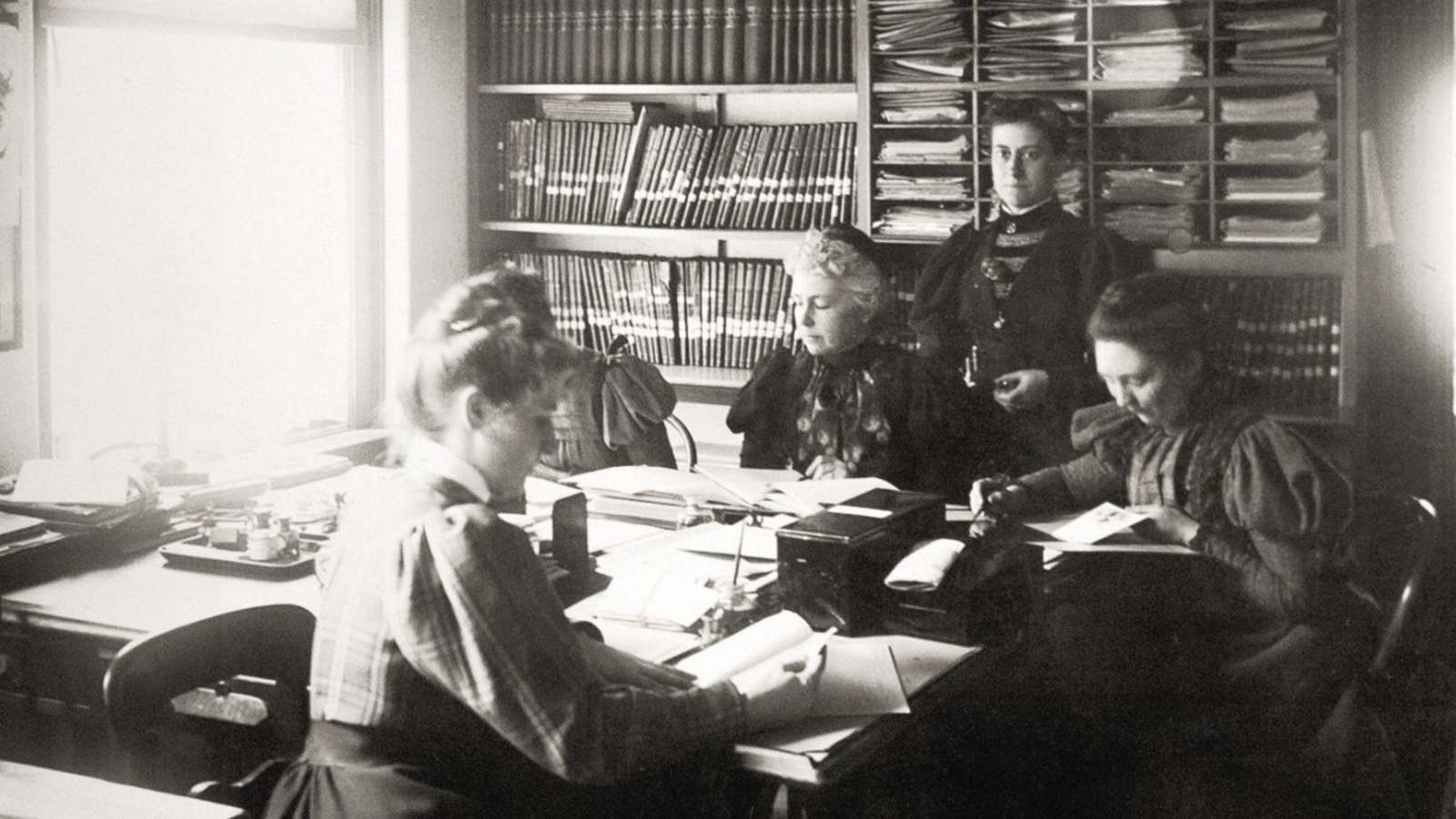

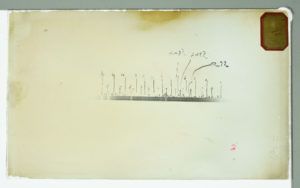
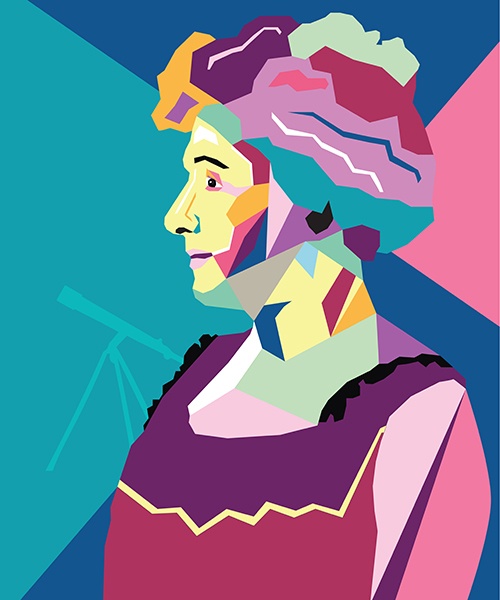
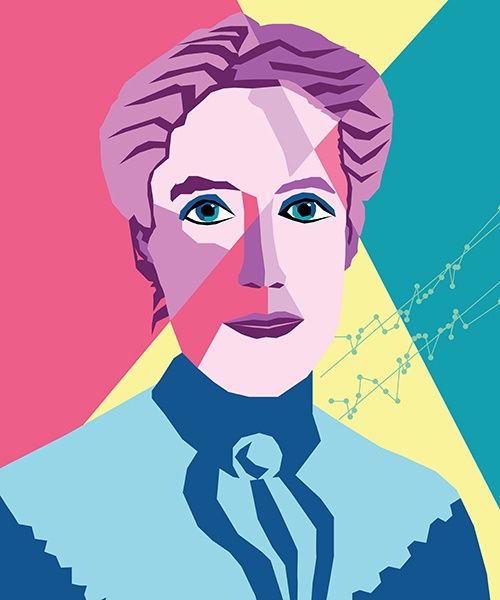 Is that star bright and far away, or dim and nearby? Before Henrietta Swan Leavitt, there was no way to know. After Leavitt’s work, astronomers could seek out a certain kind of variable star and tell exactly how far away it was by measuring how often it flashed, a relationship now called Leavitt’s Law.
Is that star bright and far away, or dim and nearby? Before Henrietta Swan Leavitt, there was no way to know. After Leavitt’s work, astronomers could seek out a certain kind of variable star and tell exactly how far away it was by measuring how often it flashed, a relationship now called Leavitt’s Law. As late as the 1920s, astronomers assumed that the whole universe was made of the same hundred or so kinds of atoms found on Earth. The rocky stars, they thought, glow because they are hot, like pokers heated in a forge.
As late as the 1920s, astronomers assumed that the whole universe was made of the same hundred or so kinds of atoms found on Earth. The rocky stars, they thought, glow because they are hot, like pokers heated in a forge.